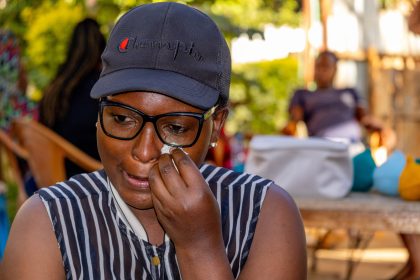Doctors call it Rh disease, which can result in anaemia, jaundice, brain damage, miscarriages, or stillbirths. But it is now preventable.
One of the lesser-known but important aspects of pregnancy is the Rhesus factor, or Rh factor.
So, what is it and why does it matter?
The Rh factor is a protein found on the surface of red blood cells. If you have it, you are Rh positive. If you don’t, you are Rh negative.
Problems arise when a Rh-negative mother carries a Rh-positive baby. If their blood mixes during pregnancy or delivery, the mother’s body may see the baby’s cells as “foreign” and produce antibodies to fight them.
Faith Mwende, a nurse who has suffered five miscarriages, says mothers have to be careful during pregnancy, “Because when you don’t have the rhesus factor, your body fights back the pregnancy if your partner has a positive rhesus factor.”
This is what doctors call Rh disease. It can lead to complications like anaemia, jaundice, brain damage, miscarriage, or even stillbirth in severe cases.
The good news is that Rh disease is preventable.
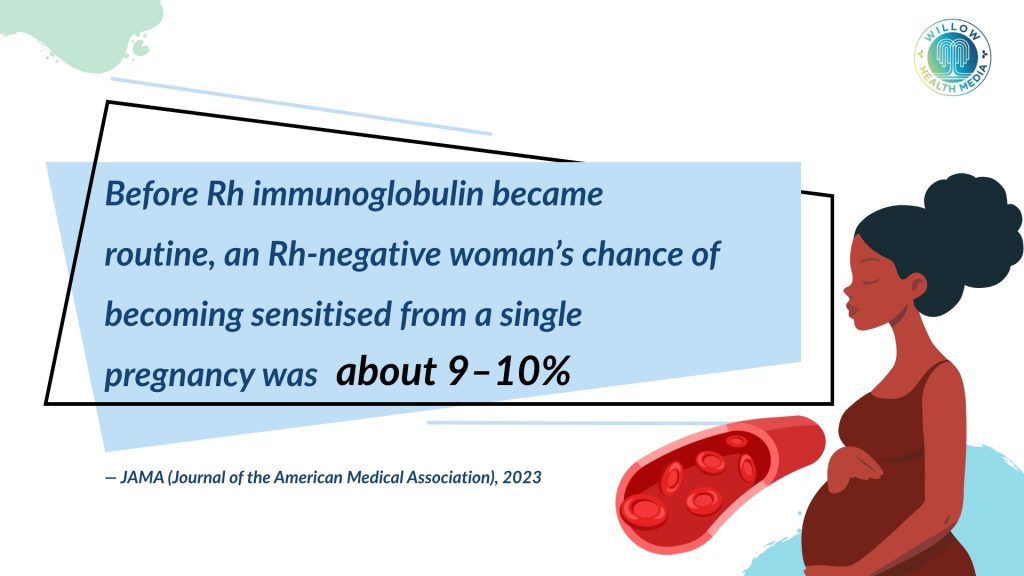
Rh-negative mothers can get a simple injection called anti-D administered within 72 hours after delivery, miscarriage, or abortion. This prevents the mother’s body from attacking future pregnancies.
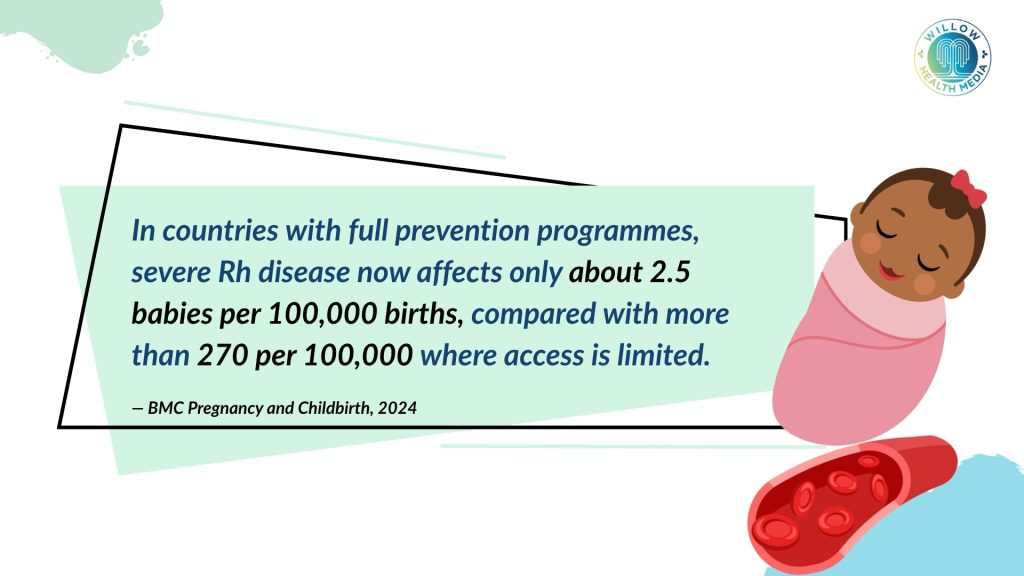
One dose of anti-D- under prescription only- costs between Ksh5,000 and Ksh15,000. The injection is accessible in both private and public health facilities.
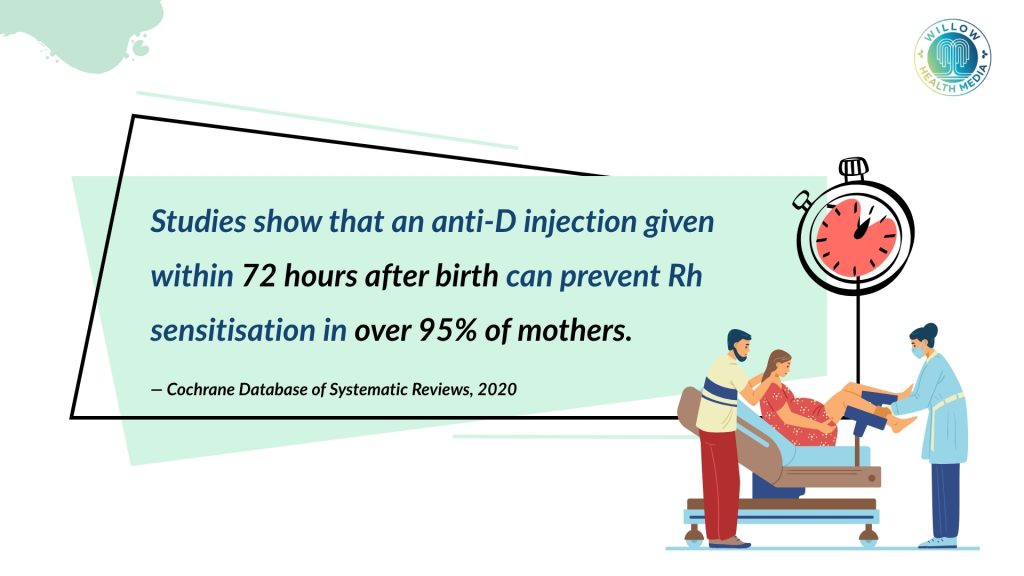
With early blood group testing, regular antenatal check-ups, and timely anti-D treatment, Rh-negative mothers can carry healthy pregnancies just like anyone else.
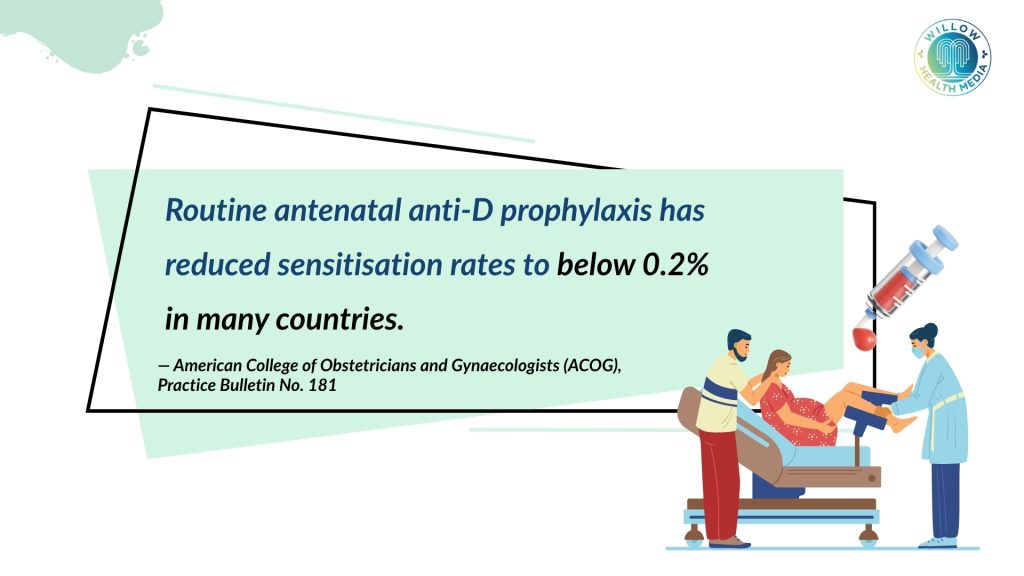
Knowing your blood group early and seeking care during pregnancy can make all the difference.
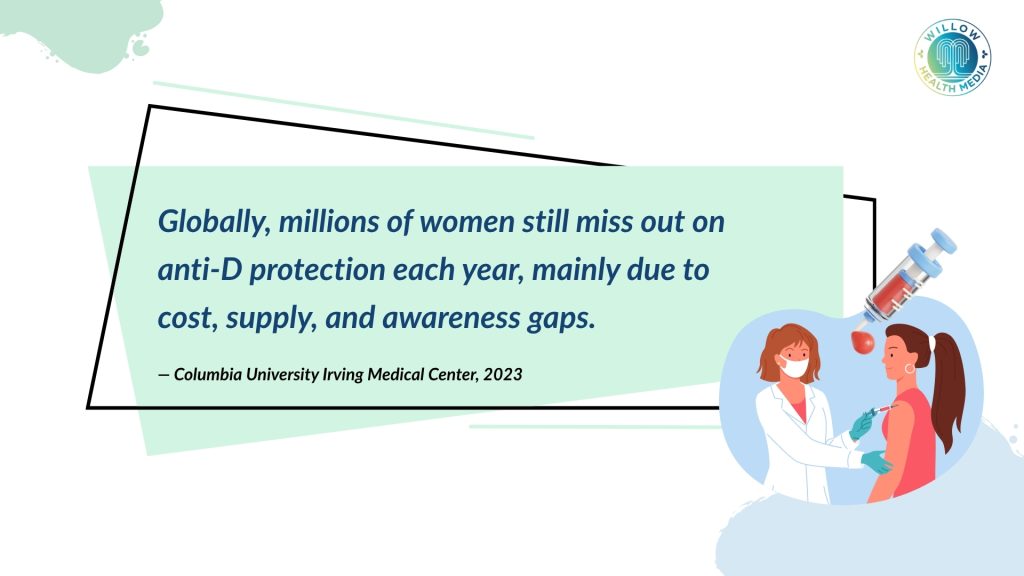
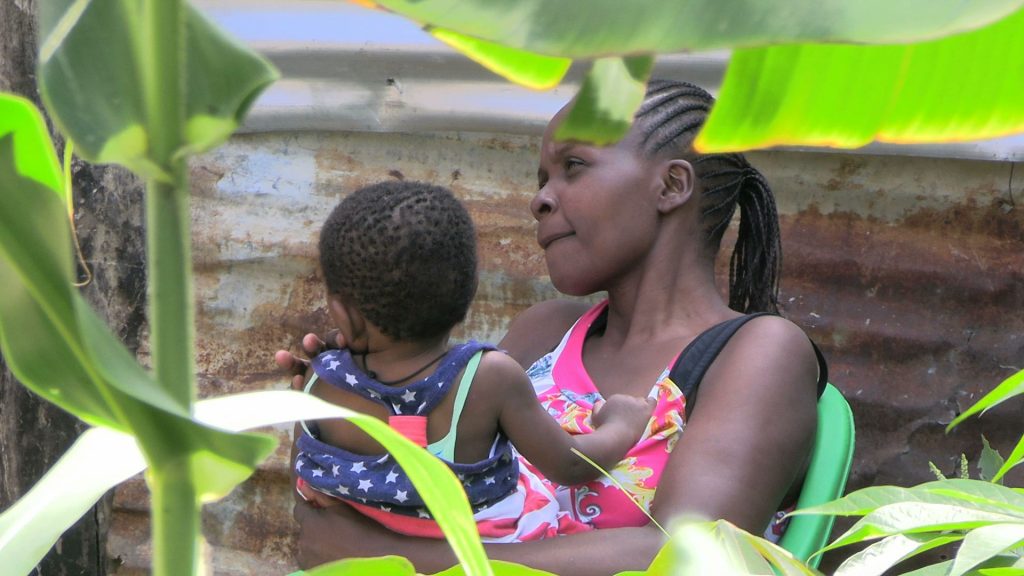
Why Mombasa’s blood shortage is a matter of life and death
Mombasa, Kenya, faces a severe blood shortage crisis: hospitals need about 2,000 units monthly but collect only around 1,300, leaving a deficit of roughly 700 units.
Women suffering postpartum haemorrhage are among the hardest hit. One woman recounted needing eight pints to survive.
The gap is compounded by reliance on student donors, seasonal drops, and myths deterring donation.
This article was first published by Willow Health Media on October 13, 2025.

















